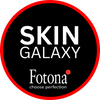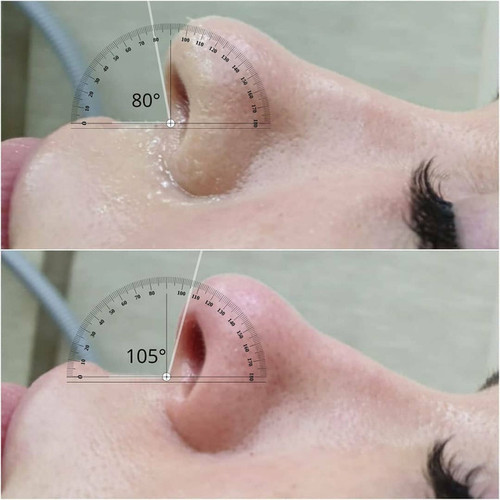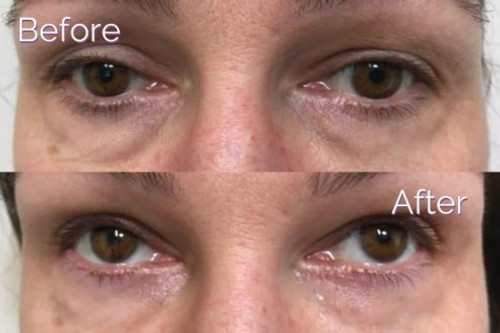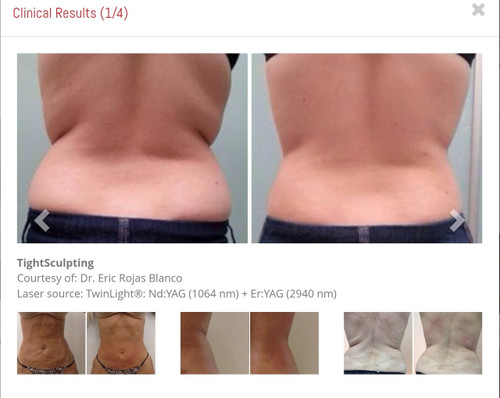Rosacea is a chronic skin condition that affects millions of people across North America
Rosacea can affect males or females of all ages. The main characteristics of rosacea can be described as persistent erythema (redness), facial flushing, pink skin, telangiectasia (visible broken capillaries), and inflammatory papules (bumps) and pustules (blemishes). Rosacea is a common skin disorder that can be treated with a variety of options to help reduce or control the unwanted symptoms. Fotona’s SP Dynamis laser system is a powerful, advanced, high-performance laser machine that incorporates two industry-standard laser modalities that are known for their ability to resurface, rejuvenate, and improve skin tone and texture. Currently, there are no long lasting solutions for rosacea, but treatments offer relief for patients who are experiencing persistent rosacea.
HOW DOES FOTONA TREAT ROSACEA?
Fotona Nd:YAG laser is indicated for the treatment of vascular damage to the surface of the skin caused by conditions like rosacea. Fotona treats vascular irregularities by coagulating the blood vessels that are visible on the surface of the skin. Rosacea is a chronic inflammatory reaction to reactive oxygen radicals within the skin cell system. The Fotona Nd:YAG laser has a 1064 nm wavelength that can effectively treat a wide range of vascular and pigmentation issues. Fotona’s Nd:YAG laser uses the Long Pulse (LP pulsation) setting to target red, purple, and violet pigmentation in the blood vessels of the skin by delivering controlled laser energy to coagulate them, thus reducing them in size and intensity.
What Are Treatments Like?
Fotona SP Dynamis laser treatments for rosacea are quick and effective. Most patients require a series of treatments ranging anywhere from a single session for small areas or more monthly intervals until the discoloration has subsided. Patients can expect to feel a zapping sensation accompanied by heat, much like the snap of a rubber band. Fotona is a unique system that allows practitioners to provide customized treatment options for patients according to the characteristics of the areas they are looking to treat. This customization is done by adjusting the laser parameters to effectively destroy dilated blood vessels associated by their size, depth, and colour.
WHO IS A GOOD CANDIDATE?
Rosacea is a vascular disorder that can sometimes be misdiagnosed for other cutaneous disorders such as acne vulgaris, steroid-induced acne, and even sunburns in some cases. Skin that has persistent flushing can be an indicator of rosacea, but that alone does not yield enough evidence to be diagnosed as rosacea, as it could be a characteristic of other rare skin disorders. Patients who are seeking rosacea treatments should have their skin assessed by a skin specialist to receive the appropriate treatment that will effectively reduce their symptoms. Patients who are experiencing chronic rosacea in the form of erythema, papules, and pustules are ideal candidates for Fotona rosacea-reducing laser treatments. Fotona’s rosacea-reducing treatments are not recommended for people who are potentially pregnant or who are experiencing contact dermatitis or active acne. People who are using Accutane, other photosensitizers, or products that increase blood flow such as warfarin, salicylic acid, or other vasodilators should also not take this treatment.
Is There Any Downtime?
Fotona rosacea-reducing laser treatments are generally well tolerated with minimal discomfort. Patients can expect to feel heat and stinging during the treatments, with all pain sensations resolving immediately after treatments. Post-treatment risks for patients prone to hypermelanosis include post-inflammatory hyperpigmentation, melisma, and possible skin discoloration. To achieve optimal results, patients must have their treatment program catered to their skin type based on their current skin conditions.
How Many Treatments Will I Need?
Rosacea reducing laser treatments with Fotona are recommended every 6 weeks for up to 3 treatments. The final results can be examined 3 months after the final treatment session to monitor progress and evaluate the effectiveness of the treatments.
Rosacea can be problematic, aggressive, and undesirable for people who are experiencing it










